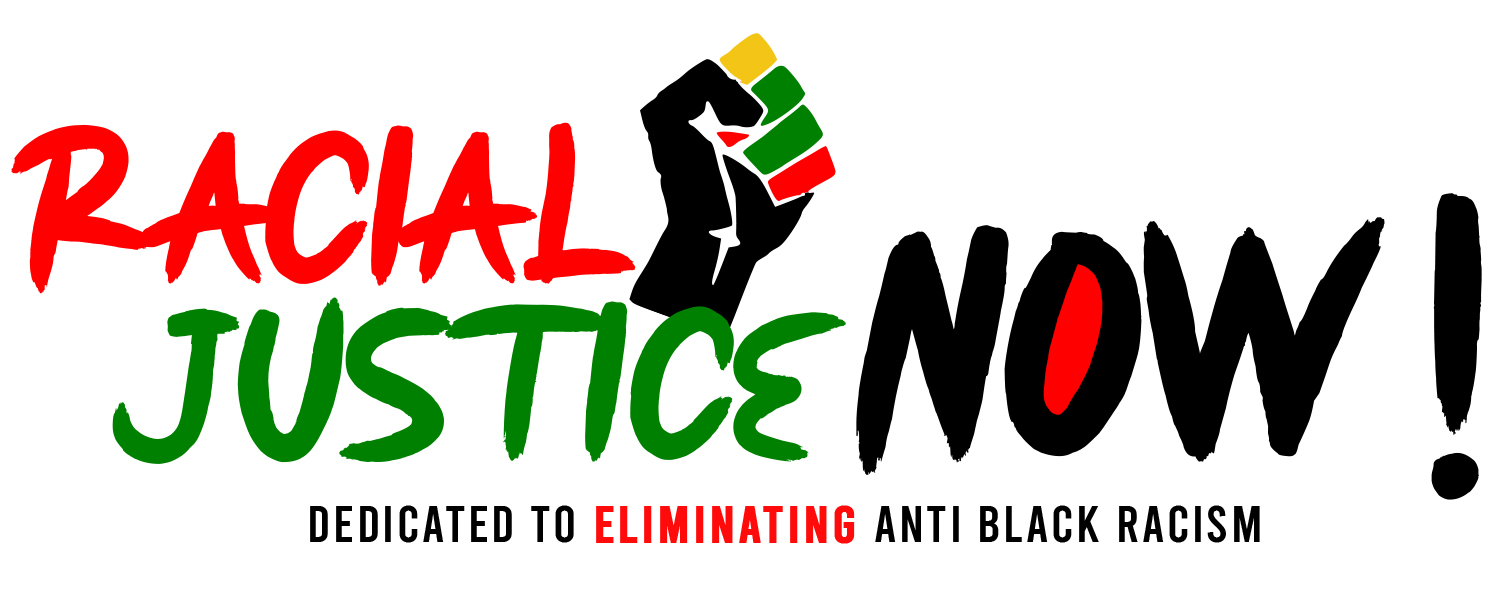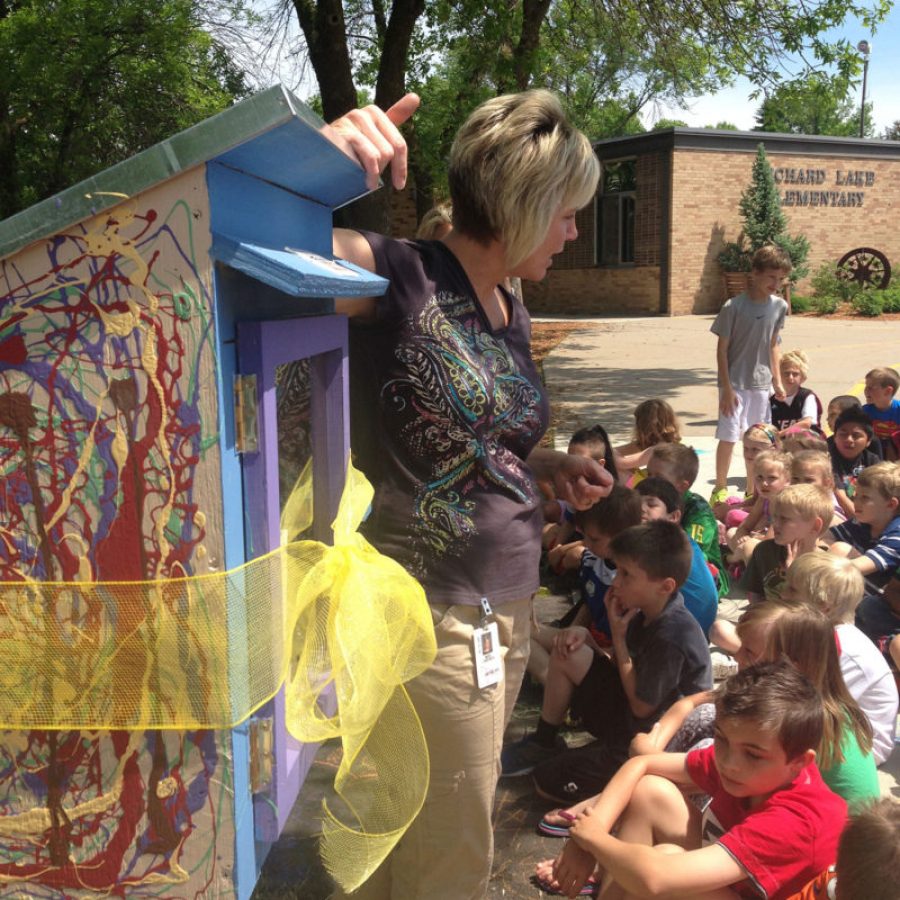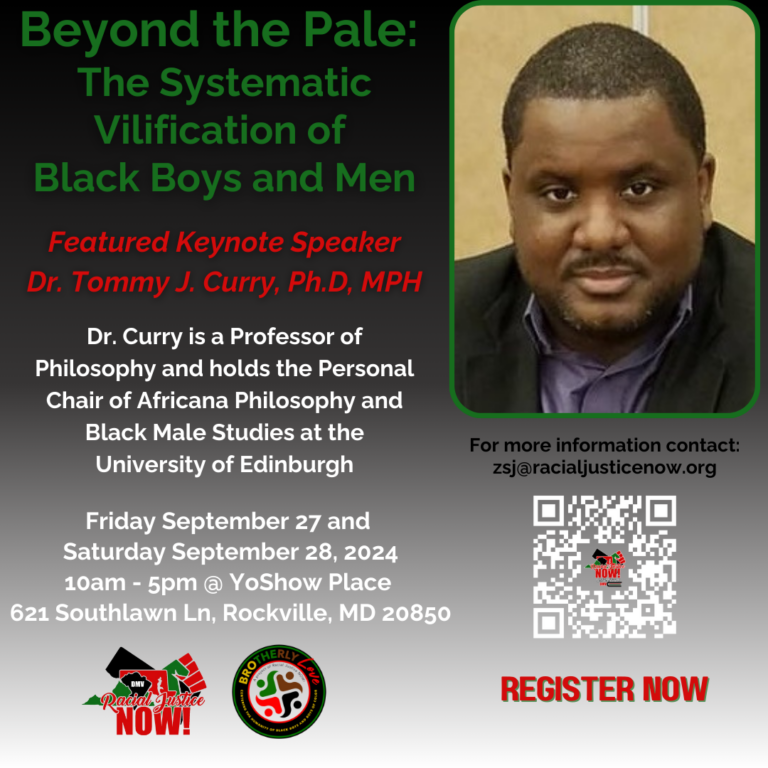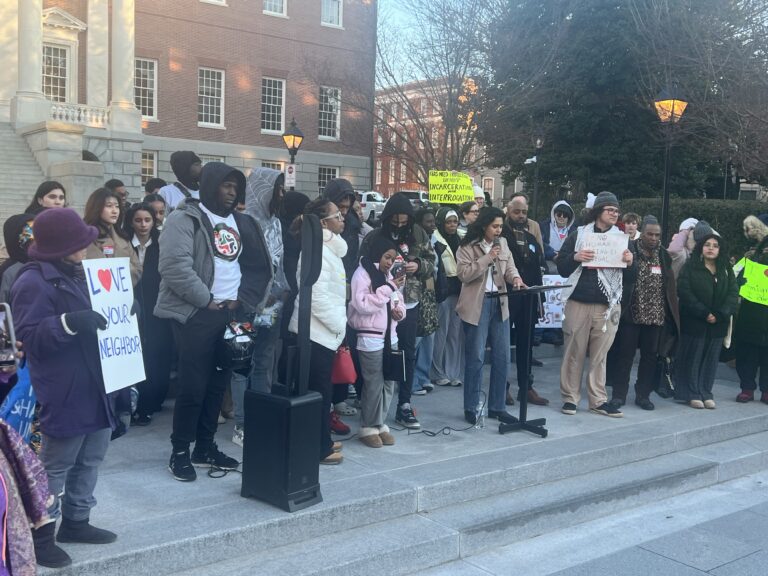Jenn Zweber and a group of students in grades K through 3 discuss the impact of a Service Learning project on their community, during the first year that Impact Academy at Orchard Lake opened in Lakeville, Minnesota. Photo: Julene Oxton
Editor’s note: This story led off this week’s Future of Learning newsletter, which is delivered free to subscribers’ inboxes every Wednesday with trends and top stories about education innovation. Subscribe today!
The idea was never to disregard the individual student.
Yet, over the past 25 years the official quest for educational progress has tightly molded itself around measurable content standards and achievement goals, making testing the single most powerful legacy of education reform in America.
That measurement mania has dominated what being in school feels like for students (and teachers), as well as what counts and what gets discussed. It glosses over the herky-jerky reality of learning and the nuanced practice of teaching. Which is what stirred teachers at Orchard Lake Elementary School in Minnesota back in 2011.
In what now looks prescient – years before the “personalized learning” craze ignited a new national interest in tailoring schooling with the student at its center – a group of teachers saw trouble with the lockstep approach to progress.
In most schools, “It is, ‘OK you are nine years old, you sit here for nine months and then you get to the next box,’ ” said Julene Oxton, one of the Lakeville Area Public School teachers who were bothered by the system. Test scores were fine, said Oxton, “but what was really happening down in the trenches was that not every kid was getting their needs met.”
Even though federal law since No Child Left Behind had required tracking student performance in ways that encouraged teachers to notice each child, the top-down system – curriculum, schedule, student groupings – ignored individual differences. (Some say the system also shut down earlier stabs at student-centered innovation.)
That got teachers gathering on Sundays in Oxton’s living room. With 106 years of classroom leadership among them, seven educators over the next two years grappled with a key question: Could you keep the same 6 ½-hour school day, and the same school personnel, but design a radically different learning experience for students?
In other words, could you innovate within the rigid confines of a traditional public school?
What the teachers created was a handmade forerunner of what good educational software does now: Find students’ granular learning level and customize instruction. (Physically, it did require knocking down walls to make fluid learning spaces.)
Each student was assigned to a K-5, multi-age “community.” Teachers arranged the schedule so that all students had reading and math simultaneously. They chunked the curriculum into “strands,” with assessments so students could progress at their own pace.
Related: Is the new education reform hiding in plain sight?
During reading and math blocks, students got their “right fit” group. A fourth grader could tackle fifth-grade math topics, then speed up or slow down. If a student was spatially inclined and “got geometry,” he or she zipped ahead. If, say, algebra was confounding, the same student could slow down. As a result, students are constantly “moving up and down the ladder,” said Oxton.
The approach has worked, she said, because when students are in lessons, “the learning is relevant to them, it is do-able.” Even those who need more time, she said, “are like, ‘Wow, I can do this.’ That breeds a success mindset.”
The teachers called it Impact Academy and piloted it in the fall of 2013 within Orchard Lake Elementary. In 2016-2017, it was expanded to the entire school, where it continues. Oxton, who served two years as the district’s Innovation Coordinator, said so many educators came to observe the model that she has gathered them into a network, a move supported by the St. Paul-based Bush Foundation.
Now three elementary schools in Minnesota – two charters and one district – are using the approach this year for math. This fall, Oxton will also be working with EdVisions, a St. Paul nonprofit that has focused on charters, to build innovations in district schools.
Lars Edsal, executive director of Education Evolving, a Minnesota nonprofit advocating teacher-driven, student-centered learning, sees an exploding conversation around personalized learning that is focused on the power of teacher innovation.
“There is a middle ground between the top-down scripted approach and the teacher as the lone wolf in the classroom,” he said. “We are designers, we are entrepreneurs.”
Teachers understand the subtle needs of their students, said Oxton. She is not opposed to technology, but believes that just because tech has gotten good at presenting 3-D, does not mean every math concept should be taught on a screen. Especially in elementary school, she said, “there is nothing like picking up base-10 blocks or money – and feeling it.”
This story about personalized learning was produced by The Hechinger Report, a nonprofit, independent news organization focused on inequality and innovation in education. Sign up for the Hechinger newsletter.
The post A “handmade forerunner” of personalized learning, forged by teachers appeared first on The Hechinger Report.






